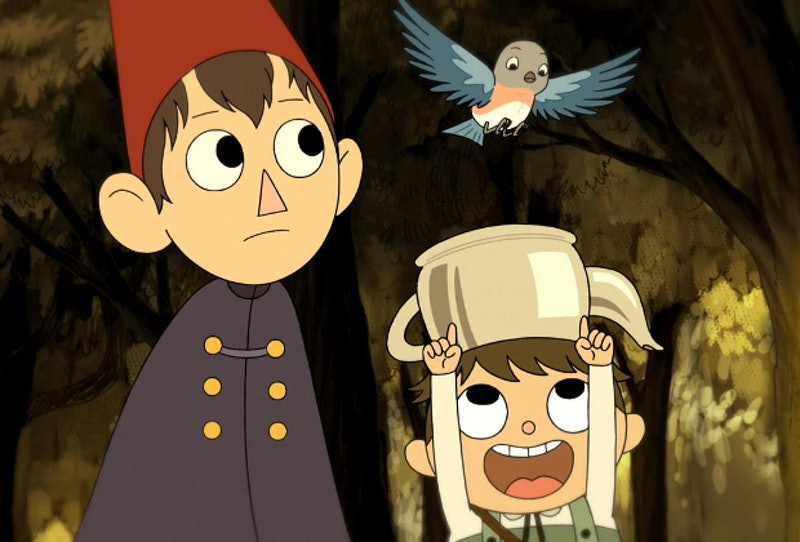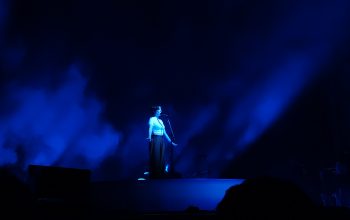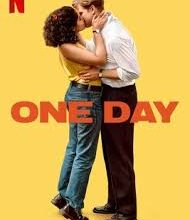Photo Credit: Bustle
The magic of Over the Garden Wall’s aesthetic and its familiarity
Kiera Quinlivan, The Mike Contributor
The lonely pangs of piano keys and a deep, jazzy voice herald the gothic world of the Unknown. This eerie theme played over flashes of dim, candle-lit scenery marks Over the Garden Wall as a show unlike any other. So why does it feel so familiar?
For a while, I struggled to understand the deja vu pouring out from every aspect of the show until it hit me: this show reminds me of my grandma.
Pre COVID-19, I spent my summers at my grandmother’s old, lakeside cottage. It was always musty. The piano was never tuned. Yet, there was a certain charm to the creaking floorboards and dusty pottery. The seclusion, timelessness, and charming decrepit-ness transported me from the modern world and into a dollhouse replica of the past. The more I reminisced, the more Nana’s dingy cottage became my personal connection with the Unknown. In fact, Over the Garden Wall would remind anyone of their grandmas or at least old things.
In an interview for the blog “Weird Christmas,” creator of Over the Garden Wall, Patrick McHale, cites classic Americana as his inspiration for the show. Drawing on everything from vintage postcards to Louisa May Alcott’s Little Women, McHale constructed a world that straddles the line between new and nostalgic.
Americana is an aesthetic difficulty to describe. It exists in the ether between the Roaring Twenties and the British Victorian era. The Atlantic defines it as “the comforting, middle class ephemera of your average antique store.” Think lace doilies, porcelain dolls, chipped pottery: anything you would find at an old country house.
For a more technical description, the 1975 book, Hometown U.S.A. (by Stephen Sear, Murray Belsky, and Douglas Tunstell) delves into the era from which this imagery is born. Hometown U.S.A. outlines a brief age “from about 1880 to the First World War” and a “small-town America” preserved in the knick-knacks and trinkets of the elderly.
Of course, being written in 1975, Hometown U.S.A’s version of the collective memory of Americana is outmoded. By no means is it a complete picture of the turn of the century; the focus on the small-town, white lifestyle largely ignores the darker reality of what life was back then. Still, in terms of understanding the origins of Over the Garden Wall’s style, the book’s photographs of steamboats and women in wide-brimmed hats provide the real-life foundation for the Unknown.
For me, this retro before retro, extra old school aesthetic is reminiscent of field trips to local historical houses, elementary school houses before their modern renovations, and those weird birthday cards my great aunt always sent me.
For those who are not from North America, perhaps Over the Garden Wall can be your first foray into the often seen, hardly spoken of American Gilded Age, a very real and heavily manufactured age. An illusory past constructed from roadside estate sales, dusty corners of museums, and half remembered episodes of Hallmark channel reruns.
Maybe it will remind you of your own romanticized past that, as one trailer for the show puts it, “are lost in the annals of history”.
Either way, Over the Garden Wall is a fantastic fall show to watch when you’re pressed for time, but still want to get your Halloween fix, and it’s well on its way to becoming a new classic (see what I did there).




